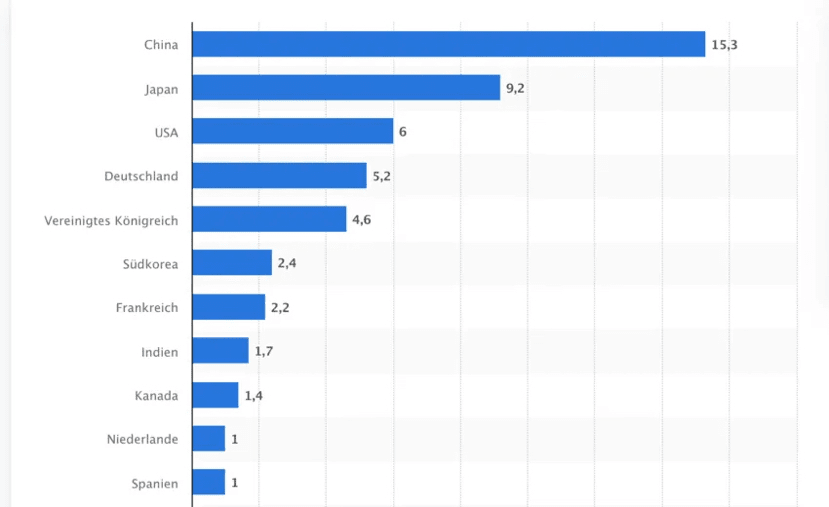Quantum computers pose a challenge that was hard to imagine a decade ago
: The ability of advanced devices to solve complex encryption problems at speeds exceeding what traditional computers can offer. In the world of cryptocurrencies, this means the potential exposure of wallet keys and signatures to risks that may render today’s technologies unsafe in the future. Although it is a theoretical issue today, the rapid evolution in quantum computing makes discussing it a realistic matter that deserves attention and planning.
XRPL and its scalable approach
The XRP Ledger network adopts a practical and flexible approach to face this challenge through what is known as the 'Amendment' system. This system allows for the gradual addition of features and improvements without causing drastic changes that disrupt compatibility or require a complete overhaul of the infrastructure. In short, XRPL is designed to adopt new quantum-resistant algorithms when they become ready without needing a comprehensive redesign of the chain.
An additional key advantage for XRPL is the existence of a parallel multi-signature platform.
Today, Ed25519 and secp256k1 algorithms coexist within the system, granting the community greater flexibility when adopting quantum-resistant algorithms in the future. The idea is akin to having multiple security doors: if one becomes insecure, protection can be enhanced by adding two or more doors of new secure algorithms, without losing access to the current environment.
Why is this vision important for the future?
Design based on scalability, not disruption: Instead of building a new system from scratch or relying on a wide hard fork, XRPL provides a seamless path for introducing new and quantum-safe encryptions while maintaining sustainability and interacting with its partnership structure and economic environment.
Environmental stability and institutional reliance: When financial institutions and central banks are in the process of adopting digital currencies, it becomes essential for their core networks to withstand future threats while maintaining compatibility and safe operation. Here, XRPL can provide an acceptable option for exchange and sustainability within a strong institutional framework.
Collaboration with developments in the ecosystem:
While other chains talk about 'quantum security' from the outset, XRPL integrates technological readiness and institutional collaboration, giving it an advantage in the gradual transition to a quantum-safe environment without disrupting existing operations.
Challenges and acceptable balances
Security returns versus efficiency: quantum-resistant algorithms proposed by some initiatives often come with larger key sizes, slower signatures, and increased resource consumption. This equation resembles transforming a fast sports car into a safer vehicle but less flexible for daily use. XRPL acknowledges these challenges and works to incorporate gradual solutions that maintain operational feasibility and reasonable costs for developers and users.
Partnerships and regulatory compliance:
As the discussion around central bank digital currencies continues, XRPL's ability to adapt to quantum security requirements becomes a key factor in its selection as a potential platform for those assets. This places XRPL in a position that may be attractive to institutions looking for secure and scalable infrastructure.
XRPL's experience compared to other chains
Ethereum, Algorand, and others are working on quantum-resistant solutions from multiple fronts, some of which promote themselves as 'quantum-safe by design'. What distinguishes XRPL here is the ability for gradual updates within the existing framework, rather than building an entirely new system or relying on drastic changes that could endanger some or disrupt the network.
While some new systems seek to establish quantum security from the start, XRPL innovates a platform that allows for incremental reviews and adaptability to changes in the regulatory and technological environment over the years, making future updates smoother and less disruptive to prevailing stability.
What does that mean for investors and the tech community?
Awareness of technology does not mean expecting immediate results:
Quantum-resistant updates are not just an 'additional lock', but a set of new standards that balance security, efficiency, and reliability. Developers and users need to understand that transitioning to quantum-resistant protocols may come with changes in signature sizes or transaction times, which is acceptable within the framework of gradual transformation.
Early readiness prevents isolation in times of need:
As blockchain-based financial technologies approach a state close to quantum exhaustion, having a clear and secure upgrade path will reduce the risks of sudden outages or loss of trust in the system in the future.
The balance between innovation and stability:
XRPL attempts to balance the preservation of system continuity and the ability to incorporate advanced technologies, which is an important balance for an investment environment and regulatory frameworks that require responsibility and transparency.
Summary
The quantum threat is not just a distant black scheme, but a real field of work that requires incremental strategies and collaboration between developers and institutions. In this context, XRP Ledger presents a practical model that combines gradual updates with technical flexibility, focusing on maintaining stability and a wide environmental scope. As developments continue in the quantum computing arena and other project advancements, XRPL remains in a position that allows it to effectively prepare to face the upcoming challenge while maintaining its strength as a collaboration and transparency-based platform.
Cautionary note
According to platform policies: the content is intended for general education purposes and is not considered investment advice. It is also subject to updates with technological and regulatory developments.
Stay tuned for more cryptocurrency news.
